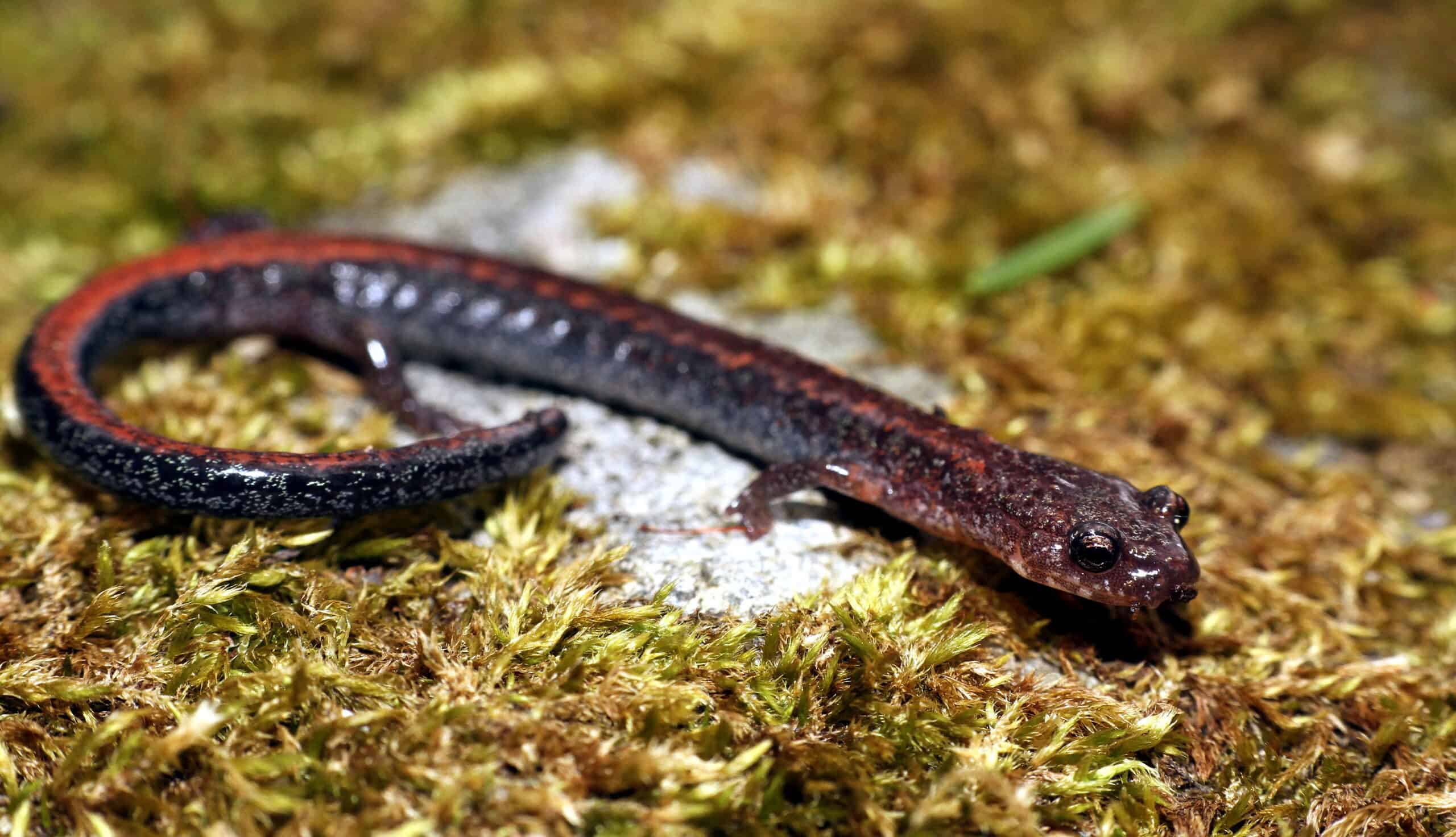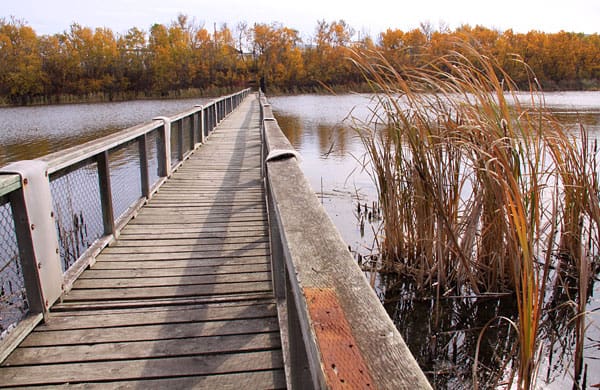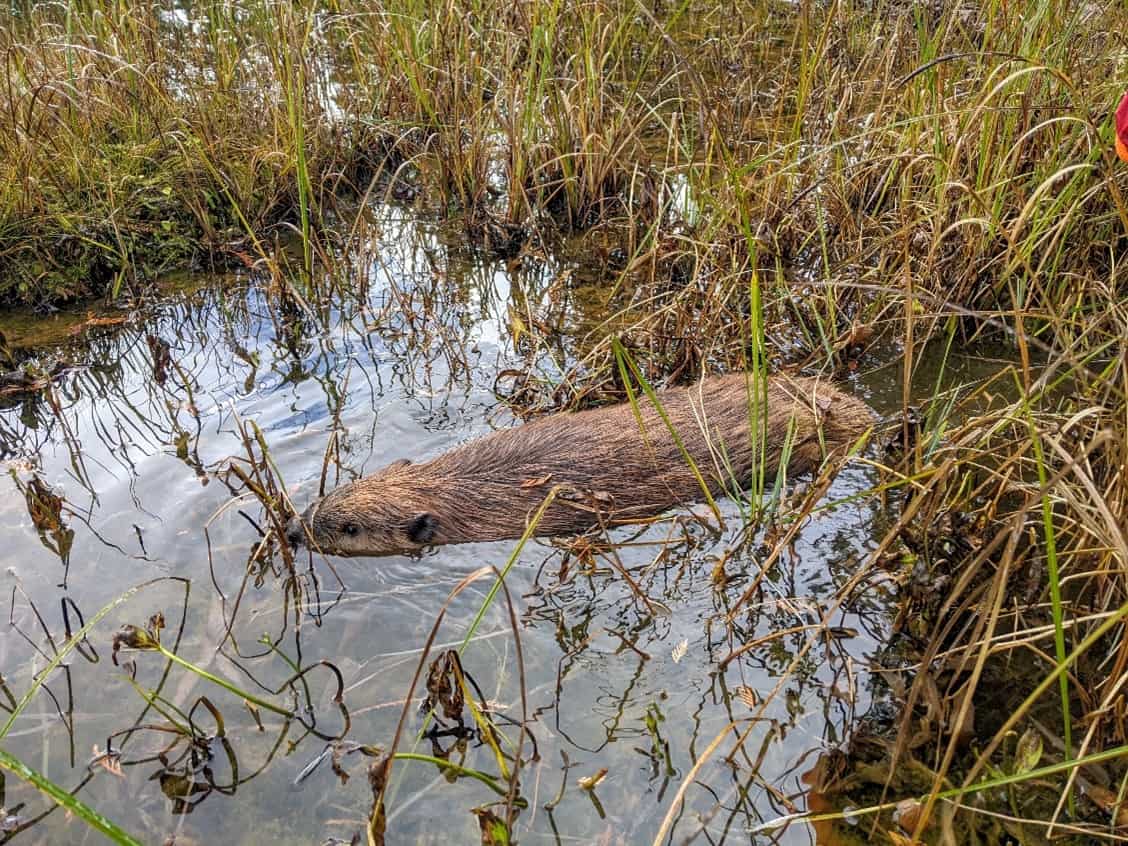Share this article
Wildlife Featured in this article
- Red-backed salamander
Salamander species more abundant than thought
The red-backed salamander is ‘small but mighty’ when it comes to their role in healthy northeastern forests
A common species of salamander is even more abundant in eastern North America than researchers expected. In a study published in Biology Letters, scientists looked at densities and biomass of the red-backed salamanders (Plethodon cinereus) across their range. The salamanders are small and spend most of their time underground, making them hard to spot. But the researchers estimated an average of 5,300 salamanders in every football-sized patch of forest they studied in the Northeast. The research team said this suggests red-backed salamanders—and amphibians in general—play an important role in terrestrial temperate ecosystems. “The very large biomass of red-backed salamanders tells us that they are likely ‘small but mighty’ in terms of their role in the ecological health of northeastern forests,” said Evan Grant, a research wildlife biologist at the USGS and lead author on the paper, in a press release. “If red-backed salamanders disappeared, there would probably be some pretty large ecosystem-level consequences.” Researchers are concerned that the fungal disease Batrachochytrium salamandrivorans, or Bsal, could potentially enter North America and threaten species like the red-backed salamander.
Header Image: Red-backed salamanders have high densities and biomass in eastern North America. Credit: Fyn Kynd








